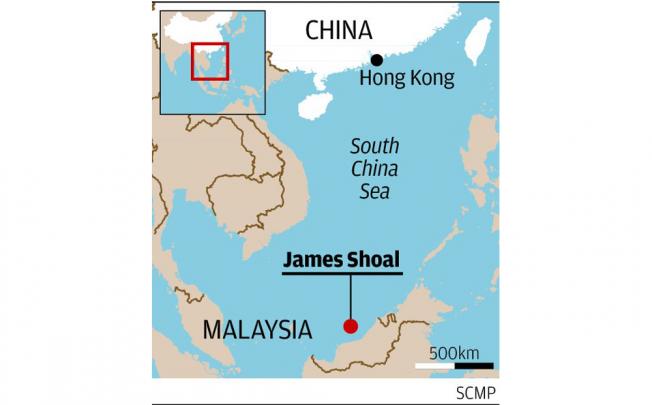- Reaction score
- 0
- Points
- 360
Just a couple of updates on China's newly commissioned aircraft carrier Liaoning ( 瓦良格号航空母舰):
Video link of Liaoning's flight deck trials with J15 fighters
China’s “Liaoning” aircraft carrier to go “Blue Water”
Yesterday, March 07, 2013, 4:53:32 AM | admin
Sea Waves magazine link
2013-03-07 — China’s first aircraft carrier, the Liaoning, would be deployed on preliminary trial on the high seas this year before acquiring full combat capability within two years time.
The 990ft Liaoning, named after the province where it was refitted, is likely to have its preliminary trial on the high seas this year, a necessary step before it possesses full combat capability, said ship commander-in-chief Zhang Yongyi.
“Before every aircraft carrier truly matures and becomes capable of fighting in a war, it must go through trials on the high seas,” Zhang, who is also a deputy to the legislature the National People’s Congress, told China Central Television.
The ship is currently anchored at its homeport in Qingdao, China’s eastern Shandong Province.
< Edited >
It is the first time for the aircraft carrier to anchor at its homeport, meaning that the base for aircraft carrier in Qingdao is operational after four years of construction, People’s Liberation Army Navy said in a statement.
On Saturday, the carrier moved from China’s northern port of Dalian, where it was retrofitted and later commissioned, to the port of Qingdao.
Prior to that, Liaoning had undergone 12 sea trials.
Carrier-based fighters also completed take-off and landing tests on Liaoning late last year.
A trial on the high seas is much tougher than Liaoning’s previous tests, because it requires the carrier to be fully independent of on-shore protection, said Lan Yun, the editor of Modern Ships, a magazine run by a research institute related to the shipbuilding industry.
< Edited >
Liaoning had travelled hundreds of km away from China’s coast before. But this time, Lan said, it may have to reach waters near Japan’s Okinawa Islands and even Guam, both located more than 1,000 kilometres away from Qingdao.
Such trials often require a vessel to remain at sea for one to three months, he said.
If Liaoning’s first high seas trial is successful, many more will follow, Lan said.
That means the vessel may take another two years before reaching its full fighting capacity, he said.
< Edited >
China conducts flight landing on first aircraft carrier
(check the link for photos..)
Global Times link
Video link of Liaoning's flight deck trials with J15 fighters
J-15 jet pioneer dies on new aircraft carrier
A high-ranking researcher of China's J-15 fighter jet died after suffering a heart attack on the country's aircraft carrier on Sunday, China Central Television reports.
Luo Yang, general director of the J-15 fighter jet research team and also board chairman of Aviation Industries of China Shenyang Aircraft Corporation, died at the noon after he suffered a cardiac arrest during a training mission aboard the ship in Dalian of Northeast China's Liaoning province. He was 51.
China Daily link
link from The Hindu


















